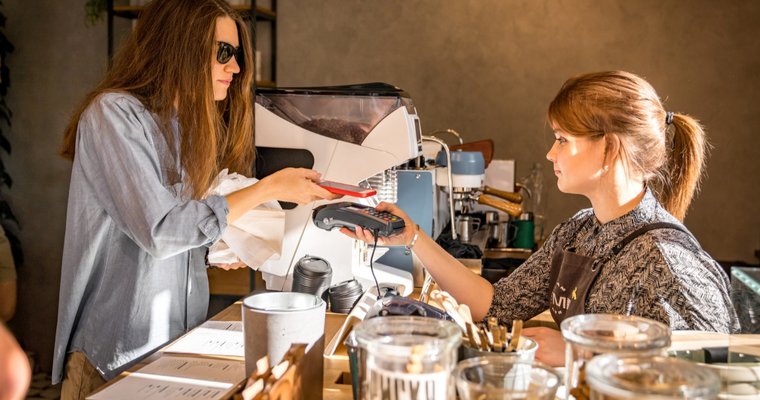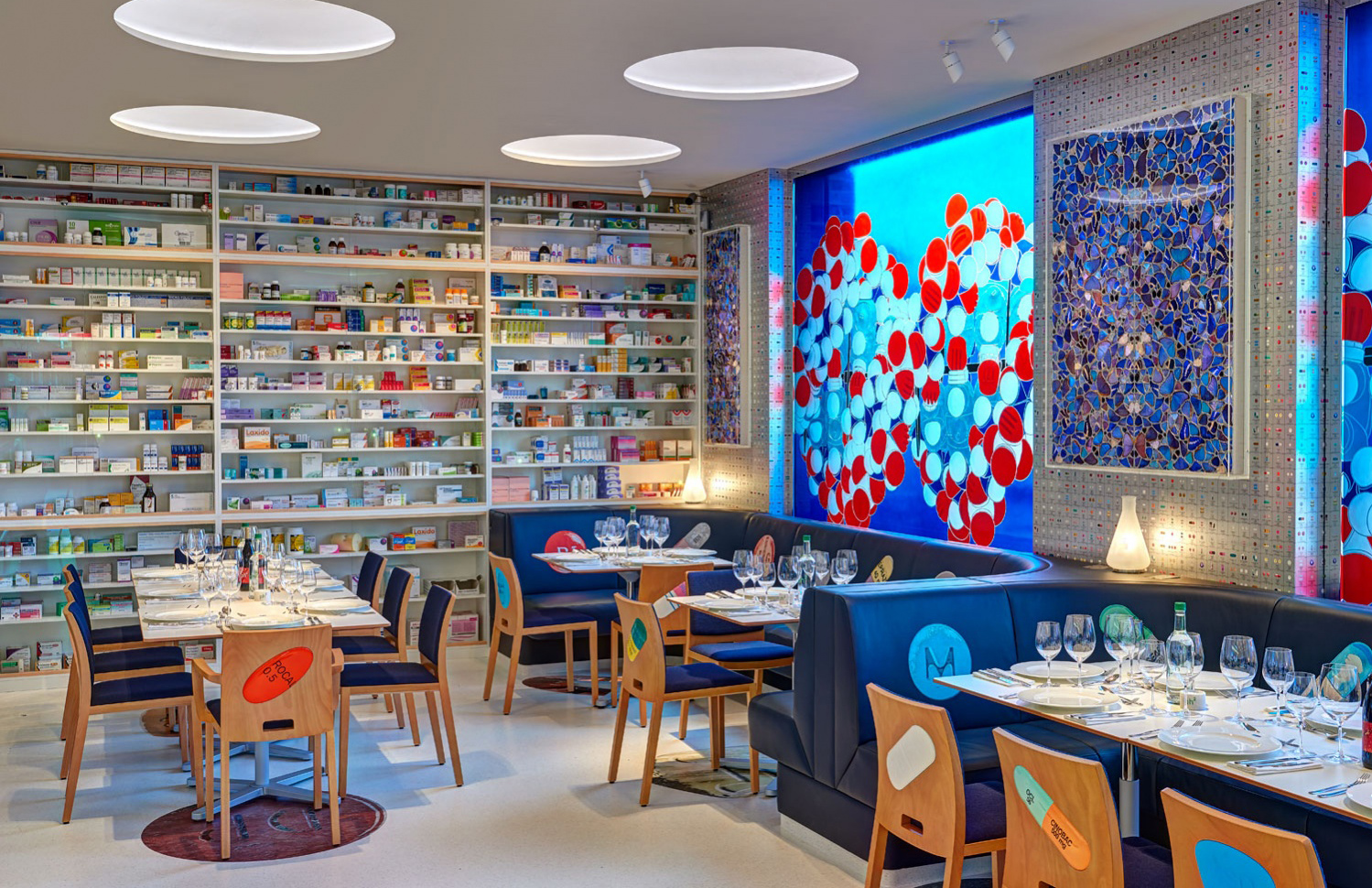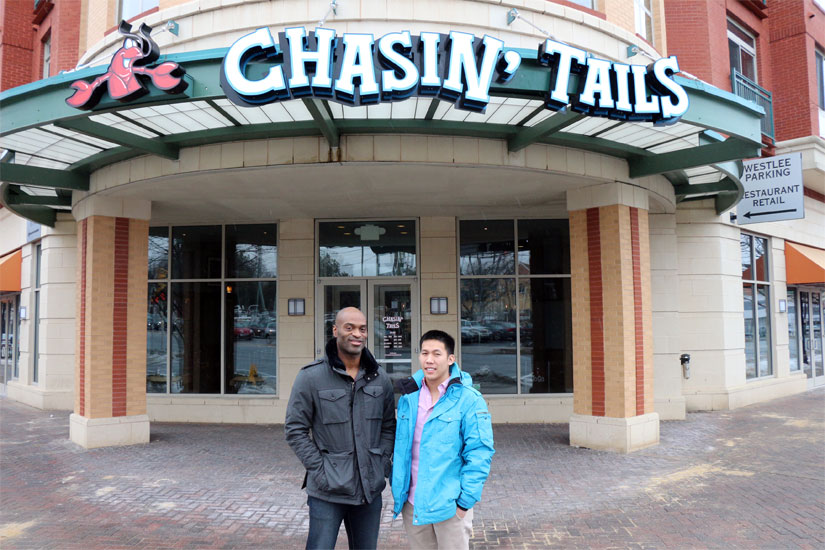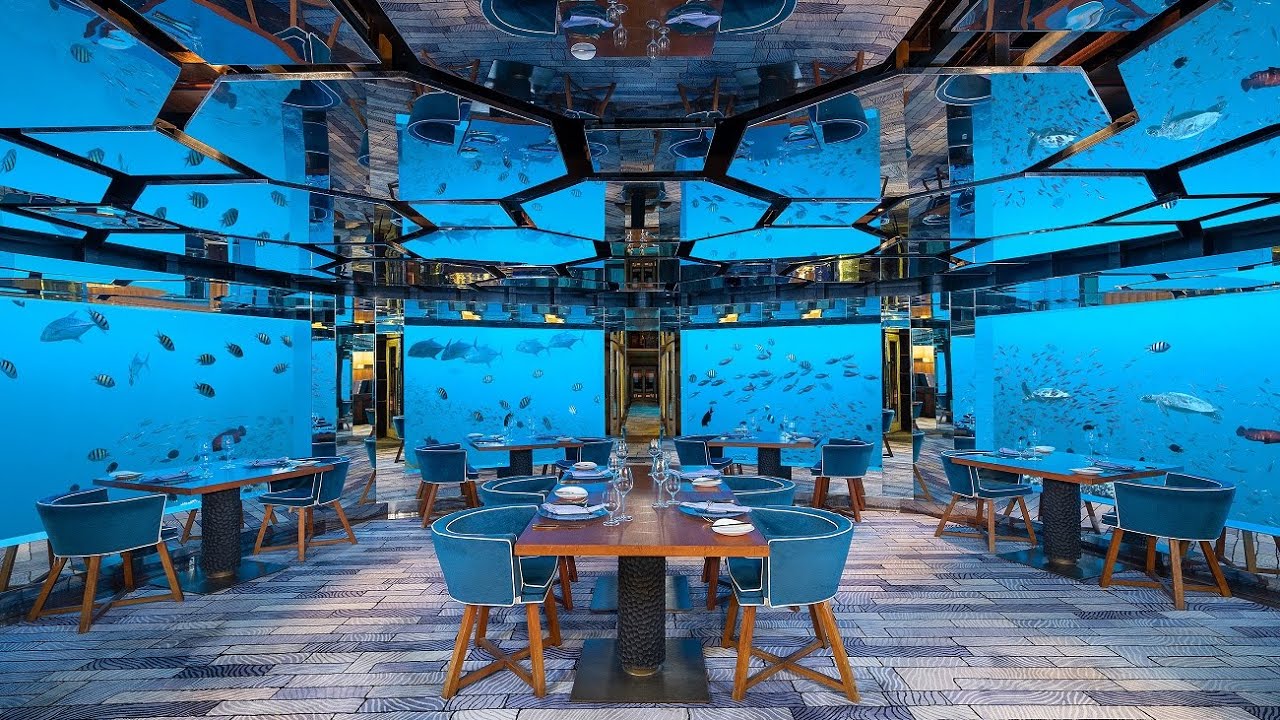Restaurant loyalty programs have long been a staple for attracting repeat customers, but as dining trends evolve, so too do these reward systems. With the rise of digital technology, personalized offers, and collaborations with local businesses, restaurant loyalty programs are becoming more innovative and customer-focused than ever. Here’s a closer look at how loyalty programs are evolving and what the future holds for this key aspect of the restaurant industry.
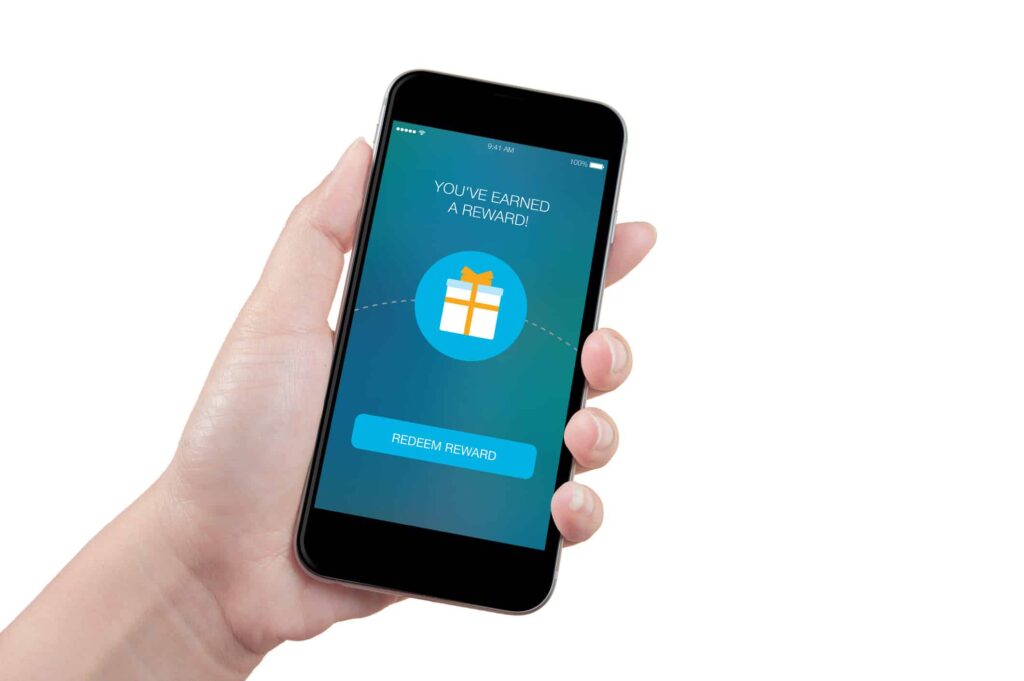
Digital Rewards and Apps
Gone are the days of punch cards and paper coupons. Today’s restaurant loyalty programs are increasingly digital, with many restaurants adopting apps or partnering with third-party platforms to offer seamless reward tracking and redeemable points. These apps allow customers to easily monitor their progress, claim rewards, and receive updates on exclusive promotions. With the help of smartphones, diners can check in, place orders, and redeem points without having to worry about losing a physical card or remembering complicated codes. This convenience enhances the customer experience, making it easier for guests to engage with loyalty programs on the go.
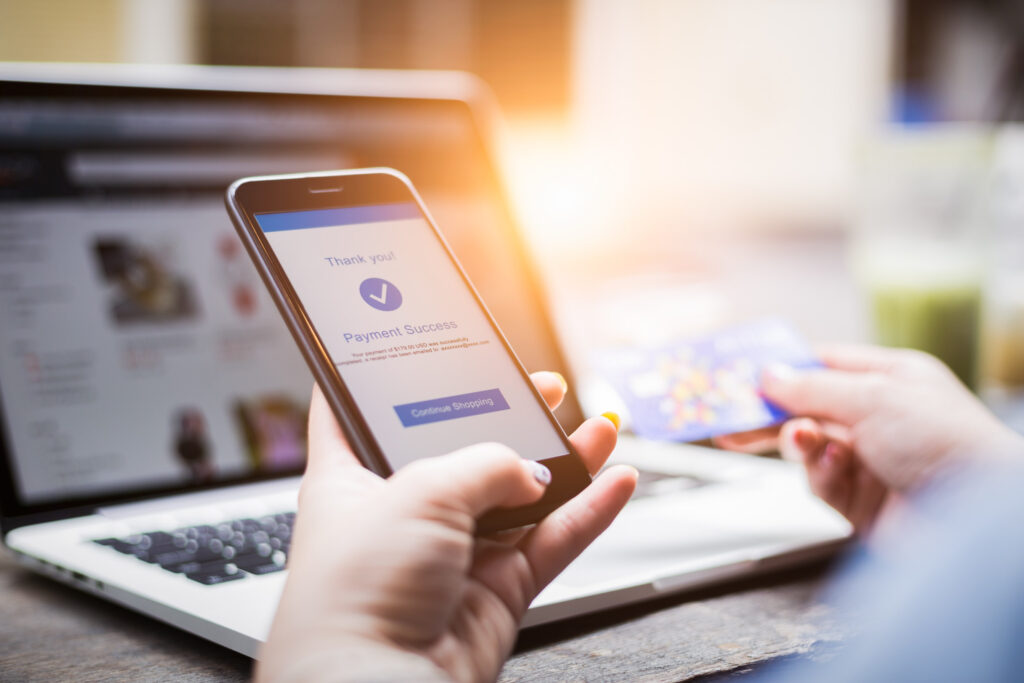
Personalized Offers and Experiences
The future of loyalty programs is also deeply tied to personalization. By leveraging customer data, restaurants can offer tailored promotions based on individual preferences, ordering habits, and past visits. For example, a restaurant might send a personalized birthday offer or recommend dishes based on a diner’s previous orders. By using advanced analytics and customer insights, loyalty programs can create more meaningful and relevant interactions with customers. Personalized offers make diners feel valued and increase the likelihood of repeat visits, as customers are more likely to return when they feel understood and appreciated.

Partnerships with Local Businesses
Another emerging trend in restaurant loyalty programs is the integration of local business partnerships. Many restaurants are collaborating with nearby retailers, cafes, and entertainment venues to offer joint loyalty rewards. For instance, a customer who dines at a participating restaurant might also earn points or discounts at a local coffee shop or boutique. These partnerships create a sense of community, benefiting both the restaurant and local businesses by encouraging customers to explore the surrounding area. For diners, it adds value to their loyalty program experience by offering more diverse rewards that extend beyond just the restaurant.

The Role of Social Media and Gamification
Social media integration and gamification are also playing a big part in the future of loyalty programs. Many restaurants are encouraging customers to engage with them on platforms like Instagram or Facebook in exchange for rewards. For example, diners might earn points for sharing photos of their meals or checking in at the restaurant. Some programs are incorporating gamified elements, where customers can “level up” and unlock exclusive rewards by completing certain tasks or challenges. This interactive and social aspect keeps customers engaged and invested in the loyalty program, turning it into a fun, ongoing experience.

